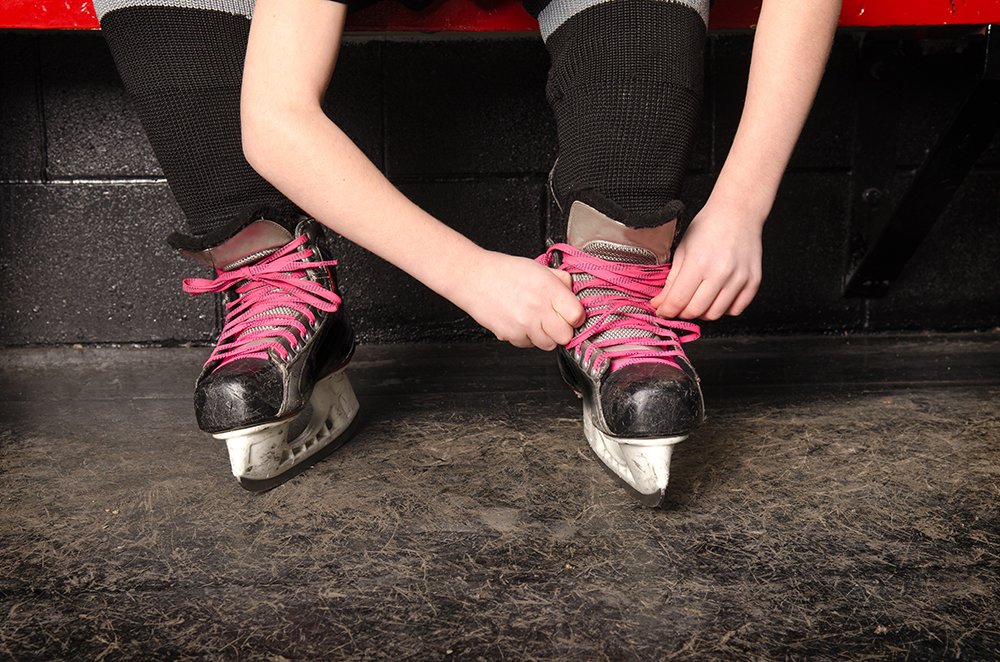Brianna Decker, a three-time Olympic hockey player, broke her ankle against Finland Thursday, sidelining her for the rest of the games. NY Times calls it a “harsh blow” to the U.S. team’s quest for Gold.
Due to the hard-hitting, physical nature of the game of hockey, players put themselves at risk every time they play. However, typical hockey injuries don’t include broken ankles. They mostly include ACL strains/tears, broken collarbones, concussion, shoulder dislocations and muscle strains.
Broken ankles are less common injuries from hockey. Hockey skates are quite stiff and provide a good amount of support and stability for the ankle. Hockey players do sprain their ankles, but usually not in the same way that athletes in most other sports do. Hockey sprains are pretty mild and not that bad. But, Decker broke her ankle when Savolainen from Finland hooked her leg around Decker’s, and the two fell awkwardly to the ice. Savolainen landed on top of Decker, breaking her ankle.
While accidents like this cannot be “trained for”, there are ways to protect yourself from injury during hockey:
Before Play:
- Get a physical before starting any new sport
- Always warm up and stretch before playing
- Learn and use proper techniques, including how to give and receive a check (if checking is allowed in the league)
- Stop training if they get hurt or feel pain. Hurt players must get checked by an athletic trainer, coach, doctor, or nurse before going back on the ice
- Stay hydrated, by drinking plenty of fluids before, during, and after games and practices
- Know the team plan for emergencies
During Play:
It is very important in hockey to get the right gear and know how to put it on and use it correctly. Skates and a helmet are a good start, but there's a lot more you'll need to wear:
- Shoulder pads, elbow pads, knee and shin pads
- Gloves
- Hockey pants
- Athletic supporter and cup
- Neck protector
- Mouthgear
Goalies require additional protective gear:
- Leg pads
- Arm pads and chest protector
- Blocker glove
- Catcher glove
Finally, always follow general safety rules for safe play including:
- Never hit another player on the head
- Never check from behind
- Never use the stick as a weapon
- Don’t be an ice thug
- Be respectful of the referees and not argue with their call
The best way to avoid injury in hockey is to have protective gear, warm up properly, know your level of talent, follow the safety rules and play fair! Most hockey injuries are minor: bruises, muscle strains, ligament tears and cuts. Serious problems, like concussions, broken bones and spinal injuries, do occur in ice hockey, but they are usually the result of dangerous tactics and dirty play.
Learn more about the fate of Decker as a result of her injury here:
https://www.nytimes.com/2022/02/03/sports/olympics/brianna-decker-injury-us-hockey.html









